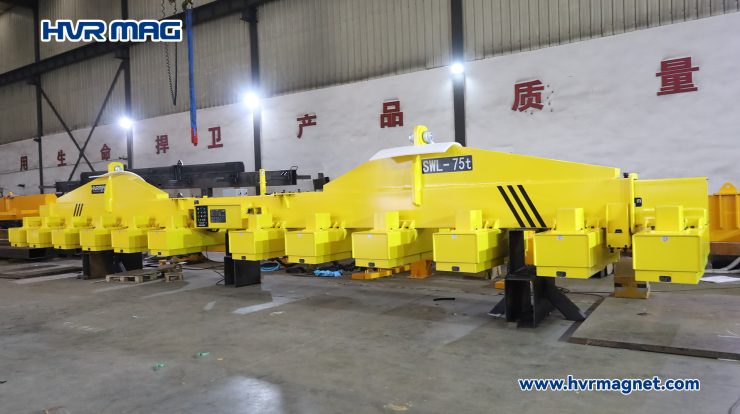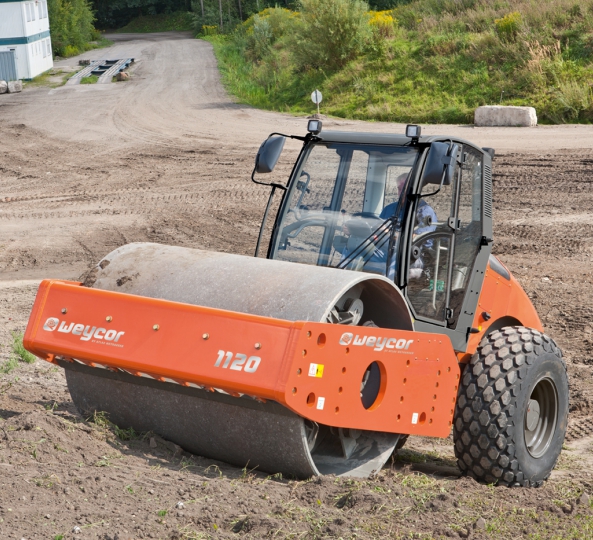7 Types of Excavators and Their Uses

Types of excavators
When you need to move large volumes of dirt around your job site, you must need an excavator. Popular earthmoving machines, excavators have movable rails, a rotating cab, an arm, and a bucket. These parts provide this heavy machinery exceptional digging power and mobility, which enables it to carry out a number of tasks, including mining mines, hauling debris, and digging trenches and holes.
- Crawler excavators
- Wheeled excavators
- Long-front excavators
- Backhoe excavators
- Skid steer excavators
- Suction excavators
- Mini excavators
Why would someone use an excavator? Construction of roads, buildings, demolitions, and mining are just a few of the industrial and contractor uses for excavators.
Excavators come in several varieties; smaller models are used for drilling and excavation, while larger models are equipped with specialized tools for heavy-duty tasks. You should think about the excavator’s size, speed, and the job site’s operating conditions, including available space and varieties of soil, while renting one.

Used Excavating Equipment
Crawler, dragline, suction, skid steer, and long reach excavators are the most popular varieties. We will discuss the many types of excavators and the ideal applications for each.
1. Crawler Excavators
Crawler excavators are heavy-duty machines equipped with tracks or crawlers, allowing them to navigate rough terrains with ease. They are commonly used for earthmoving, digging, and construction projects, providing excellent stability and digging power.
2. Wheeled excavators
Wheeled excavators have tires instead of tracks, offering greater mobility and speed on paved surfaces. They are ideal for urban construction, road maintenance, and utility applications where maneuverability and versatility are essential.
3. Long-front excavators
Long-front excavators feature extended booms and arms, providing increased reach and digging depth. They are often utilized in dredging, deep excavation, and slope work, enabling operators to reach areas that are challenging to access with standard excavators.
4. Backhoe excavators
Backhoe excavators combine a digging bucket on the back end and a loading bucket on the front end. This dual-functionality makes them suitable for a wide range of tasks, including digging trenches, loading trucks, and performing utility work.
5. Skid steer excavators
Skid steer excavators are compact machines with a rotating platform and tracks or wheels. They offer excellent maneuverability and are commonly used in tight spaces or for landscaping, demolition, and material handling tasks.
6. Suction excavators
Suction excavators, also known as vacuum excavators, employ a powerful suction system to remove soil and debris. They are often used in sensitive areas, such as around underground utilities, to minimize the risk of damage during excavation.
7. Mini excavators
Mini excavators are compact and lightweight machines designed for small-scale projects. They are commonly used in landscaping, residential construction, and utility work, offering versatility in confined spaces and low-impact maneuverability.
Each type of excavator serves specific purposes, and their functions may overlap depending on the attachments and accessories used. From large-scale earthmoving to precise digging and utility work, excavators are essential machines in various industries, providing efficiency, power, and versatility in construction and excavation projects.





